- Home
- About
- Hospitals
-
Treatments
- Orthopedic & Spine
- Knee Replacement
- Carpal Tunnel Release
- Rotator Cuff Repair
- Meniscus Repair / Meniscectomy
- Total Hip Replacement (THR)
- Total Shoulder Replacement
- Arthroscopy
- Ligament Reconstruction
- Spinal Fusion
- Discectomy
- Laminectomy
- Spinal Decompression
- Vertebroplasty and Kyphoplasty
- Fracture Repair
- ACL Reconstruction
- Tendon Repair
- Osteotomy
- Amputation
- Pediatric and Adult Cardiac
- Neuroscience
- Oncology
- Nephrology & KTP
- Gastroenterology & Hepatobiliary
- Obstetrics and Gynaecology
- Infertility
- Dental & Maxillofacial
- Plastic & Cosmetic Surgery
- Rhinoplasty
- Blepharoplasty (Eyelid Surgery)
- Facelift (Rhytidectomy)
- Breast Augmentation (Mammoplasty)
- Breast Reduction (Mammoplasty)
- Breast Lift (Mastopexy)
- Liposuction
- Abdominoplasty (Tummy Tuck)
- Brazilian Butt Lift (BBL)
- Lip Augmentation
- Breast Reconstruction
- Cleft Lip and Palate Repair
- Scar Revision
- Burn Reconstruction
- Botox Injection
- Ophthalmology
- Otolaryngology (ENT)
- Endocrinology
- General and Minimal Invasive Surgery
- Pulmonology
- Rheumatology
- Urology
- General Medicine
- Ayurvedic Treatment
- Orthopedic & Spine
- Doctors
- Contact Us
Hemodialysis
Hemodialysis is a
medical procedure used to treat patients with kidney failure or severe kidney
dysfunction, a condition known as end-stage renal disease (ESRD). It is a
life-saving treatment that helps remove waste products and excess fluids from
the blood when the kidneys are no longer able to perform these functions
adequately. Hemodialysis helps to maintain the balance of electrolytes and
fluids in the body, controlling blood pressure, and managing other imbalances
caused by kidney failure.
Here's how hemodialysis works:
Purpose:
The primary purpose of hemodialysis is to replace the normal filtration
function of the kidneys when they no longer function properly. It helps in the
removal of waste products, excess salts, and fluids from the bloodstream,
preventing the buildup of toxic substances and maintaining the overall health
of the patient.
Procedure:
- Dialysis Machine: Hemodialysis is performed using a specialized dialysis machine, which acts as an artificial kidney. The patient's blood is continuously pumped through the machine, where it is filtered and purified.
- Dialyzer: The dialysis machine is equipped with a dialyzer, a filter that acts as a semi-permeable membrane. Blood is carried through a network of fine tubes within the dialyzer.
- Dialysate: A solution called dialysate, which contains a specific concentration of electrolytes, is circulated on the other side of the dialyzer membrane. The dialysate absorbs waste products and excess fluids from the patient's blood.
- Filtration Process: As the patient's blood passes through the dialyzer, waste products, excess salts, and fluids diffuse across the membrane into the dialysate. The purified blood is then returned to the patient's body.
- Vascular
Access: For hemodialysis to be performed, a
suitable vascular access is needed. This is typically established through
a surgically created arteriovenous (AV) fistula, AV graft, or central
venous catheter, which provides access to the patient's blood circulation
for the dialysis machine.
Frequency:
Hemodialysis is typically performed several times a week, with each session
lasting a few hours. The specific schedule and duration of hemodialysis
treatments are determined by a nephrologist, taking into account the patient's
kidney function, overall health, and specific medical needs.
Anesthesia:
Patients do not require general anesthesia during hemodialysis. The procedure
is generally painless and performed while the patient is awake.
Side
Effects and Complications: Hemodialysis is a
life-sustaining treatment, but it can be associated with potential side effects
and complications, such as low blood pressure, muscle cramps, infection, and
access site problems. Regular monitoring and adjustments are necessary to
minimize these risks.
Hemodialysis
is an essential treatment for patients with ESRD, as it helps to maintain their
health and overall well-being when their kidneys are no longer functioning
effectively. It is a highly specialized procedure that is typically performed
in a dialysis center under the supervision of trained healthcare professionals.
Patients undergoing hemodialysis often receive comprehensive care from a team
of healthcare providers, including nephrologists, nurses, and dialysis
technicians.
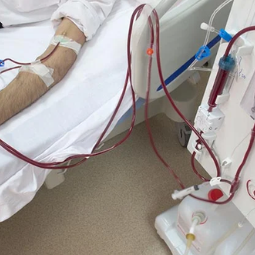


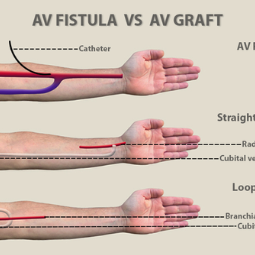
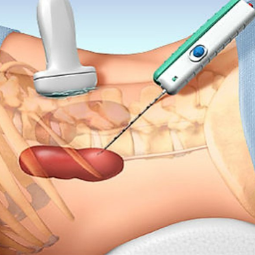
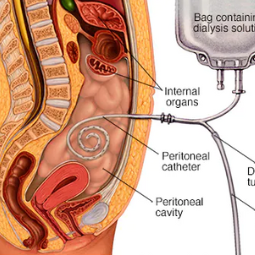
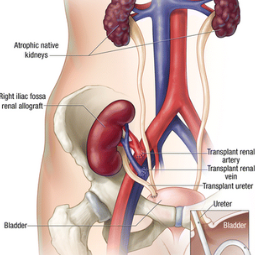
.png)